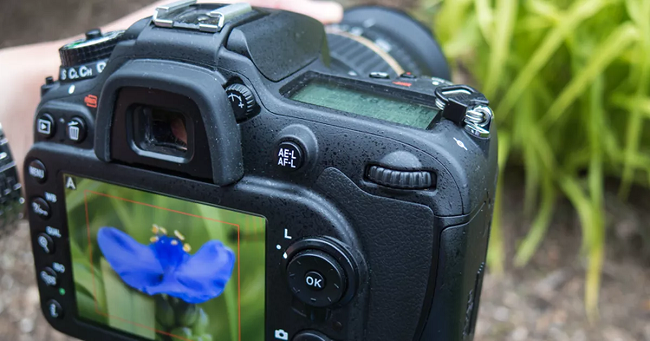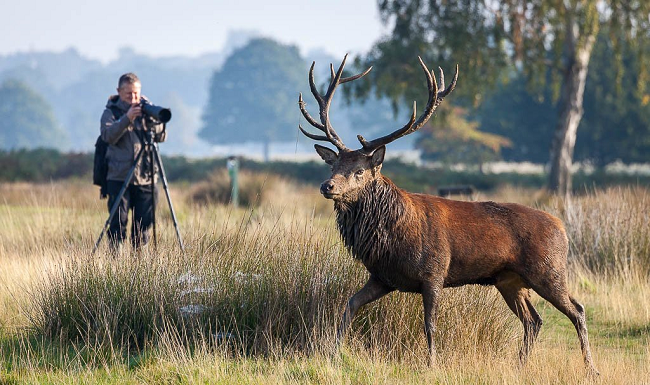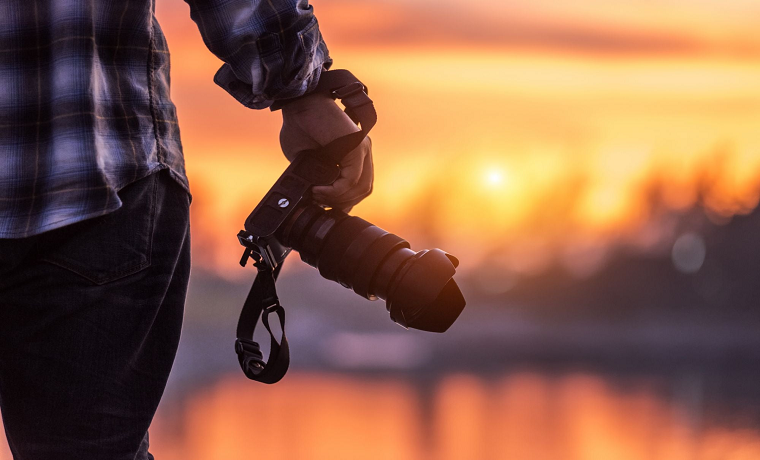I have spent 20 years as a professional photographer. During that time, I have been able to capture high quality artistic images of a variety of subjects. This has included portraits of the human form, natural landscapes and wildlife. In this blog I will teach amateur photographers some of the tips I have discovered throughout my career. They will allow novices to hone their craft and become the best they can be.
Be Aware of New Hardware
Over the past two decades I have seen the camera industry advance at an impressive rate. Every year there are new camera models to try out. The invention of the DSLR in particular has changed the game. Whilst some of the photographers I know prefer to stick with their trusty old tech it is much better to keep up with the latest developments.

Modern cameras are designed to make taking professional quality images as easy as possible. They also offer experts like me the chance to try out new techniques. For this reason, it is important to stay up to date about new camera releases and try them out. Along with updates in cameras, it is important that you ensure you stay up to date with developments in things like SD cards, as they are regularly being updated to allow you to store more high-quality photos and videos, especially if you want to shoot in higher resolution.
Go to The Same Outside Location Multiple Times
I like to regularly go to the same outdoor spots and see how the lighting has changed each day. It always amazes me how daily differences in the sky colour and shade levels can make for a completely unique photographic experience.
I highly recommend that novices find an area that is good for taking pictures and return to it on multiple occasions. It is a great exercise for helping to develop photographic skills. It also teaches people how even the smallest variations in natural light can make a massive difference.
Be Patient with Wildlife and Keep Shooting
Wildlife is by far my favorite type of photography. However, newcomers to the art form will have to learn that nature cannot be controlled. It is unpredictable. A bird could be in the perfect position for a shot one minute and then suddenly fly off. This has happened to me numerous times.

The trick to taking great wildlife pictures is to be patient. Photography rewards those who wait for long periods of time. Eventually a decent shot will make itself available. It is then up to the person to snap as many images as possible. Rapid burst mode is perfect for these situations. It means that the photographer will have plenty of pictures to choose from of a particular moment.
Film and Digital Are Completely Different Mediums
Throughout my career I have seen the transition from film to digital cameras first-hand. On the surface they might not appear too different. In fact, some of my colleagues have even stated that they are practically the same. However, my own opinion is that film and digital are so distinct that they are in fact their own unique mediums.
Film requires the photographer to know exactly what they want, set it up precisely and achieve it in one snap. This will then need to be developed in a darkroom. Conversely, digital is more forgiving. It offers the chance to take hundreds of photos in a single session. These can then be uploaded onto a computer and digitally fine-tuned via editing software.
Use Focal Points to Compliment the Subject
One of the best things I have found about DSLR cameras is the way they allow for more control when it comes to focal points. I can even set up specific ones and save them as a setting. Focal points are an important way to compliment the best qualities of the subject being taken. I find this to be especially true when photographing human beings. The right settings can both conceal imperfections and highlight their better features.
Always Challenge Yourself
This is the best piece of advice that I can give you. If I stayed complacent when I first started then I would not be at the same level I am today. The best photographers like to get out of their comfort zone and try projects that are challenging, like taking stunning photos from the sky. Once a photographer has excelled in one aspect of the field it is time to try something harder. The more an artist does this the more they will end up growing.

